Kangchenjunga, the third highest mountain in the world, stands tall at an impressive 8,586 meters (28,169 feet). This awe-inspiring peak is situated along the border between Nepal and the Indian state of Sikkim in the eastern Himalayas. As one of the most coveted mountaineering destinations, Kangchenjunga holds great significance not only for its challenging climbs, but also for its rich cultural and historical background. In this comprehensive guide, we will delve into the mysteries of Kangchenjunga, exploring its history, geography, climbing routes, and the importance of responsible and sustainable mountaineering practices.
This Blog Will Cover:
In this detailed blog, we will explore various aspects of Kangchenjunga, providing you with a well-rounded understanding of the mountain and what it takes to embark on this incredible journey. Our framework will cover the following topics:
-
Kangchenjunga: A Historical and Cultural Overview – We will delve into the mountain's historical background, cultural significance, and its connection to local communities.
-
The Mountain's Geographical Features – We will examine the geology, climatic conditions, and unique flora and fauna of the region.
-
Climbing Kangchenjunga: A Journey through the Routes – We will discuss the major climbing routes, challenges and risks, and the essential skills and equipment required for a successful ascent.
-
Preparing for the Climb: Training and Logistics – This section will cover the physical and mental preparation, acquiring permits, choosing an expedition company, and planning the itinerary.
-
Responsible Climbing and Sustainable Practices – We will highlight the importance of following Leave No Trace principles, promoting sustainable tourism, and supporting conservation efforts in the Kangchenjunga Conservation Area.
By the end of this comprehensive guide, you will gain an in-depth understanding of Kangchenjunga and the necessary steps to undertake a responsible and successful expedition to this majestic peak.
Mt. Kangchenjunga: A Historical and Cultural Overview
Kangchenjunga, the world's third-highest peak, has a rich history and cultural significance, entwined with the lives of the local communities in Nepal and Sikkim. Early explorations in the 19th century paved the way for mountaineering attempts, culminating in the first successful ascent by Joe Brown and George Band in 1955. As a sacred mountain in both Hinduism and Buddhism, Kangchenjunga is revered in local folklore and associated with various myths and legends. Its cultural significance extends to its role in conservation, with efforts such as the establishment of the Kangchenjunga Conservation Area in Nepal aiming to preserve the region's unique biodiversity and cultural heritage.
A. Historical Background
-
First explorations and attempts
Kangchenjunga's early exploration history dates back to the mid-19th century when British explorers and surveyors began mapping the region. The mountain was first surveyed in 1848-49 by British Surveyor Joseph Dalton Hooker as a part of the Great Trigonometrical Survey of India. Although Hooker wasn't attempting to climb the peak, his work laid the foundation for future expeditions.
The first recorded attempt to climb Kangchenjunga took place in 1905. This British expedition, led by Aleister Crowley, faced numerous challenges and ultimately ended in tragedy when several climbers and porters perished in an avalanche. Crowley's team had been attempting to ascend the Southwest Face but did not reach the summit.
-
First successful ascent
The first successful ascent of Kangchenjunga was achieved on May 25, 1955, by a British expedition led by Charles Evans. The team included climbers Joe Brown and George Band, who reached the summit together via the Southwest Face. Out of respect for local beliefs and customs, they stopped a few meters short of the actual summit, a tradition that has been followed by many subsequent expeditions.
Since that first ascent, Kangchenjunga has been climbed by various teams from different countries, using different routes. However, the mountain remains one of the most challenging and least climbed 8,000-meter peaks, partly due to its remote location, technical difficulties, and cultural sensitivities.
B. Cultural Significance
-
Connection to local communities (Sikkim and Nepal)
Kangchenjunga holds immense cultural and spiritual significance for the people living in the region, particularly the communities in Sikkim and Nepal. The name "Kangchenjunga" translates to "Five Treasures of Snow" in the local languages, referring to the five individual peaks that make up the massif. These treasures are believed to represent the five repositories of God, namely gold, silver, gems, grain, and sacred scriptures.
-
Sacredness and folklore
The peak is considered sacred by various ethnic groups in the region, such as the Lepchas, Limbus, and Sherpas. In Sikkim, the Lepchas believe that Kangchenjunga is home to their guardian deity, while the Limbus of eastern Nepal consider the mountain as the abode of their ancestor Yuma Sammang.
Several myths and legends surround Kangchenjunga. One popular story tells of the "Yeti," a mythical creature believed to inhabit the remote and snow-covered regions of the Himalayas. While scientific evidence for the existence of the Yeti is lacking, stories of encounters with the elusive creature continue to intrigue and captivate the imaginations of locals and visitors alike.
-
Conservation efforts
Recognizing the ecological and cultural importance of Kangchenjunga, several conservation efforts have been initiated to protect the region's unique biodiversity and cultural heritage. The Kangchenjunga Conservation Area (KCA) was established in 1997 in Nepal, covering 2,035 square kilometers of pristine forests, alpine meadows, and high-altitude ecosystems.
The KCA, along with the adjoining Khangchendzonga National Park in Sikkim, was declared a transboundary UNESCO World Heritage site in 2016. These conservation areas aim to protect the diverse flora and fauna, as well as maintain the region's rich cultural heritage by promoting sustainable tourism, community involvement, and eco-friendly practices.
The Mountain's Geographical Features
Kangchenjunga's geographical features are shaped by its unique geological formation and diverse climate. The mountain was formed through tectonic processes, as the Indian Plate collided with the Eurasian Plate, resulting in a variety of rock types and formations. The region's climate is characterized by distinct seasonal variations, with the dry season offering the best conditions for climbing. The mountain's diverse ecosystems, influenced by altitude and climatic factors, are home to an array of unique plant species and wildlife, including several endangered and endemic species, further highlighting the importance of conservation efforts in the region.
A. Geology and Formation
-
Tectonic history
Kangchenjunga's impressive height and striking appearance are a result of the complex geological processes that have shaped the Earth's crust over millions of years. The formation of the mountain is closely linked to the ongoing collision between the Indian and Eurasian tectonic plates. This convergence, which began around 50 million years ago, led to the uplifting of the Himalayas, including Kangchenjunga.
The immense pressure and stress generated by the tectonic forces continue to reshape the region, with earthquakes and landslides being common occurrences. As a result, the landscape surrounding Kangchenjunga is dynamic and constantly evolving, presenting unique challenges to climbers and researchers alike.
-
Rock types and formation processes
Kangchenjunga's geology is characterized by a variety of rock types, which can be broadly grouped into three main categories: metamorphic rocks, igneous rocks, and sedimentary rocks.
Metamorphic rocks, such as gneiss and schist, dominate the higher elevations of the mountain. These rocks have been subjected to intense heat and pressure, resulting in the transformation of their original mineral composition and texture. Gneiss, in particular, forms the majority of the exposed rock on Kangchenjunga's summit pyramid.
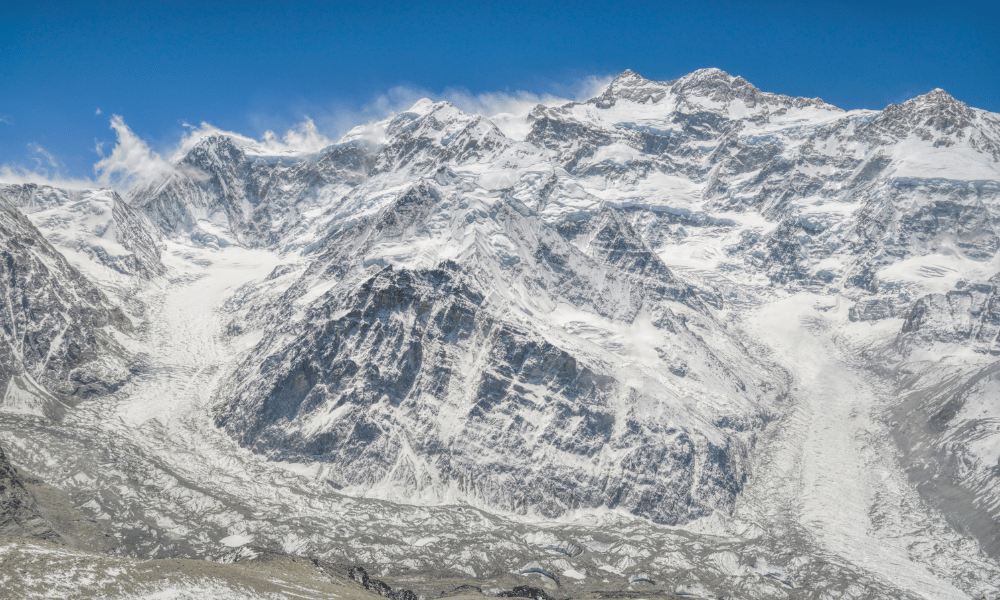
Igneous rocks, including granite and pegmatite, can be found throughout the region, particularly in the lower elevations. These rocks formed as a result of the cooling and solidification of molten material (magma) deep within the Earth's crust. Intrusions of granite and pegmatite are visible in many parts of the mountain, adding to its unique geological makeup.
Sedimentary rocks, such as sandstone, shale, and limestone, are less common on Kangchenjunga but can still be found in some areas. These rocks were formed by the accumulation and compaction of sediments over long periods of time. Fossils of ancient marine life can occasionally be found within these rock layers, providing evidence of the region's complex geological past.
The diverse geology of Kangchenjunga not only contributes to the mountain's breathtaking scenery but also poses unique challenges for climbers, who must navigate through various rock types and formations during their ascent.
B. Climatic Conditions
-
General climate
Kangchenjunga, like other peaks in the Himalayas, experiences a harsh and varied climate due to its high altitude and geographic location. The mountain's weather is generally characterized by cold temperatures, heavy snowfall, and strong winds. At higher elevations, the climate is dominated by the subarctic and alpine zones, with freezing temperatures and low oxygen levels, making it a challenging environment for both climbers and wildlife.
-
Seasonal variations
The climate of Kangchenjunga varies considerably throughout the year, with two primary seasons: the dry season and the monsoon season. The dry season, which lasts from October to May, is marked by cold and stable weather conditions, making it the most favorable time for mountaineering. However, temperatures can still drop well below freezing, and heavy snowfall can occur.
The monsoon season, from June to September, brings heavy rainfall, high humidity, and unstable weather patterns to the region. The precipitation during this time replenishes the water sources and supports the lush vegetation at lower elevations, but it also increases the risk of landslides, flooding, and avalanches. Climbing Kangchenjunga during the monsoon season is generally considered more hazardous and is not recommended.
C. Flora and Fauna
-
Unique plant species
The diverse climatic zones of Kangchenjunga support a wide variety of plant species, many of which are unique to the region. At lower elevations, dense subtropical and temperate forests dominate the landscape, hosting species such as rhododendrons, magnolias, oaks, and birches. As the altitude increases, the vegetation transitions to alpine meadows and scrublands, characterized by hardy plants like junipers, dwarf rhododendrons, and cushion plants. At the highest elevations, only a few specialized plant species, like mosses and lichens, can survive the extreme conditions.
-
Wildlife found in the region
Kangchenjunga is home to a rich and diverse array of wildlife species, thanks to its varied ecosystems and relative remoteness. Some of the notable mammals found in the region include the endangered snow leopard, red panda, Himalayan black bear, and Himalayan tahr. The area is also a haven for birdlife, with over 300 recorded bird species, including the Himalayan monal, blood pheasant, and satyr tragopan.
The Kangchenjunga Conservation Area and Khangchendzonga National Park, which encompass much of the mountain's surrounding ecosystem, play a crucial role in preserving this unique biodiversity and providing a refuge for many threatened and endangered species.
Climbing Kangchenjunga: A Journey through the Routes
Climbing Kangchenjunga is an extraordinary journey through its various challenging routes. The major climbing routes include the Southwest Face, the North Face, and other notable options, each presenting different technical difficulties and scenic vistas. Climbers face multiple challenges, such as altitude-related risks and weather-related hazards, necessitating essential climbing skills and equipment to ensure a safe and successful ascent. The experience of climbing Kangchenjunga is not only a test of physical endurance and technical prowess but also a profound connection with the mountain's natural beauty and cultural heritage.
A. Major Climbing Routes
-
Southwest Face
The Southwest Face is the most popular and frequently climbed route on Kangchenjunga, primarily because it was the route used by the first successful ascent in 1955. The route starts from the Yalung Glacier in Nepal and involves navigating through crevasses, steep snow slopes, and a series of challenging ice walls. Climbers will also encounter the infamous "Great Shelf," a large, sloping ice plateau that requires technical skills and endurance to traverse. Although the Southwest Face is considered the "standard" route, it still presents significant challenges and demands a high level of technical proficiency from climbers.
-
North Face
The North Face route, which lies entirely within Nepal, is considered more challenging and less frequently climbed than the Southwest Face. The route begins from the Kanchenjunga Glacier and ascends the mountain's northern flank, involving steep and exposed sections of rock, ice, and mixed terrain. The crux of the route is the "Black Pyramid," a rock buttress that demands advanced rock and ice climbing skills to navigate. The North Face route is known for its technical challenges and remote location, making it a demanding and adventurous option for experienced climbers.
-
Other notable routes
There are several other routes on Kangchenjunga that have been climbed, although they are less common and often more difficult than the Southwest and North Face routes. Some of these include:
-
The Northeast Spur, which follows a long and technically demanding ridge from the Kanchenjunga Glacier to the summit. This route is highly exposed and requires climbers to overcome several rock and ice barriers.
-
The East Ridge, which ascends the mountain from the remote and seldom-visited Lhonak Valley in Sikkim. This route involves challenging mixed climbing on rock, ice, and snow, as well as a complicated approach and lengthy summit ridge.
-
The Northwest Face, which is known for its steep and sustained ice climbing sections. This route is rarely attempted due to its remoteness and the technical difficulties encountered.
Regardless of the route chosen, climbing Kangchenjunga is a significant challenge that requires a high level of skill, experience, and determination from climbers.
B. Challenges and Risks
-
Technical difficulties
Climbing Kangchenjunga involves numerous technical challenges, including steep ice and snow slopes, exposed rock sections, and mixed terrain. Depending on the chosen route, climbers may face additional obstacles, such as seracs, crevasses, or technical rock faces. These difficulties require a high level of skill, experience, and physical fitness to overcome safely.
-
Altitude-related risks
At 8,586 meters (28,169 feet), Kangchenjunga's extreme altitude presents a significant risk to climbers. Acute Mountain Sickness (AMS) and more severe altitude-related illnesses, such as High Altitude Cerebral Edema (HACE) and High Altitude Pulmonary Edema (HAPE), are potential dangers. To mitigate these risks, climbers must follow proper acclimatization protocols, monitor their health closely, and be prepared to descend if necessary.
-
Weather-related risks
The weather on Kangchenjunga can be highly unpredictable and change rapidly, posing additional risks to climbers. Sudden storms, heavy snowfall, and strong winds can create hazardous conditions, increasing the risk of avalanches, rockfalls, and frostbite. Climbers must monitor the weather forecast closely, be prepared for sudden changes, and make informed decisions about when to continue or retreat based on current conditions.
C. Essential Climbing Skills and Equipment
-
Required technical skills
To climb Kangchenjunga successfully and safely, climbers must possess a variety of technical skills, including:
-
Proficiency in using crampons, ice axes, and other mountaineering equipment
-
Advanced ice and snow climbing techniques, including front-pointing and French technique
-
Rock climbing skills, including the ability to climb on varied terrain at high altitude
-
Route-finding and navigation skills, especially in poor visibility or challenging terrain
-
Crevasse rescue and self-arrest techniques
-
Experience in high-altitude mountaineering and knowledge of proper acclimatization protocols
-
Recommended gear and clothing
Climbers must carry appropriate gear and clothing to ensure safety and comfort during their ascent. Essential items for a Kangchenjunga expedition include:
-
Crampons and ice axes for ice and snow climbing
-
Climbing harness, carabiners, slings, and protection for technical rock sections
-
Ropes and crevasse rescue equipment
-
Mountaineering boots designed for high altitude and extreme cold
-
Insulated and waterproof clothing, including down jackets, hardshell jackets, and pants
-
Layered clothing system for varying temperatures and conditions
-
High-quality sleeping bag rated for extreme cold
-
High-altitude tent and other camping equipment
-
Personal safety equipment, such as a helmet, avalanche transceiver, and first aid kit
-
Satellite phone, GPS device, and other communication and navigation tools
Selecting the right gear and clothing, as well as possessing the necessary technical skills, are crucial factors in the success and safety of a Kangchenjunga expedition.
Preparing for the Climb: Training and Logistics
Preparing for a Kangchenjunga climb involves meticulous planning, training, and logistical considerations. Climbers must undergo rigorous physical and mental preparation, focusing on developing their fitness, technical skills, and mental resilience to cope with the challenging conditions of high-altitude mountaineering. Acquiring necessary permits and selecting a reputable expedition company is essential for a smooth and well-organized ascent. Furthermore, planning the itinerary involves determining the best climbing season, estimating the duration of the expedition, and identifying major milestones during the ascent, all crucial factors for a successful and memorable Kangchenjunga climbing experience.

A. Physical and Mental Preparation
-
Fitness requirements
Climbing Kangchenjunga demands a high level of physical fitness, as climbers will face long days of challenging terrain, extreme altitudes, and potentially harsh weather conditions. To prepare for the climb, climbers should develop a comprehensive training program that includes:
-
Cardiovascular endurance: Activities such as running, cycling, and swimming can help build the aerobic capacity needed for long days of climbing at high altitude.
-
Strength training: Focusing on core, upper body, and lower body strength will help climbers carry heavy loads, navigate technical terrain, and maintain balance on steep slopes.
-
Flexibility and balance: Yoga, Pilates, and other stretching exercises can improve flexibility and balance, reducing the risk of injury during the climb.
-
Altitude training: Climbers should gradually increase their exposure to high altitudes through a series of progressively higher climbs or by using simulated altitude training devices.
It is essential to consult with a physician and/or a professional trainer to develop a personalized training program tailored to individual needs and goals.
-
Mental strength and resilience
In addition to physical preparation, climbers must also develop the mental strength and resilience needed to face the challenges and uncertainties of climbing Kangchenjunga. Mental preparedness can be cultivated through:
-
Developing a positive mindset: Focusing on personal goals, maintaining a positive attitude, and visualizing success can help climbers stay motivated and overcome setbacks.
-
Building mental toughness: Practicing stress management techniques, such as deep breathing, meditation, and visualization, can help climbers stay calm and focused during challenging situations.
-
Gaining experience: Participating in progressively more challenging climbs, including other high-altitude peaks, can help climbers gain valuable experience, boost their confidence, and develop their problem-solving skills.
-
Research and planning: Thorough research and planning can help climbers mentally prepare for the various challenges they may face during the climb, from route selection and weather patterns to potential hazards and emergencies.
B. Acquiring Permits and Choosing an Expedition Company
-
Necessary permits and fees
Climbing Kangchenjunga requires obtaining permits and paying fees, which vary depending on the route and the country through which the climb is being organized. For routes in Nepal, climbers need to acquire permits from the Nepal Ministry of Tourism and Civil Aviation. The permit fees depend on the size of the climbing team and the season during which the expedition is planned. Climbers should also be prepared for additional fees, such as conservation area or national park entry fees and liaison officer fees.
For routes in India, climbers need to obtain permits from the Indian Mountaineering Foundation (IMF) and follow their guidelines and fee structures. Permissions for climbing in Sikkim may involve additional bureaucratic procedures, as it is a sensitive border area.
-
Finding a reputable climbing company
Due to the challenges and complexities involved in climbing Kangchenjunga, it is highly recommended that climbers join a guided expedition led by a reputable and experienced climbing company. To find the right company, climbers should consider factors such as:
-
Experience and success rate on Kangchenjunga and other high-altitude peaks
-
Professional and certified guides and support staff
-
Quality of logistics, equipment, and safety measures
-
Environmental and ethical practices
-
Client testimonials and reviews
C. Planning and Itinerary
-
Best climbing seasons
The best time to climb Kangchenjunga is during the dry season, which typically lasts from late September to early June. The most popular climbing window is between April and May, when the weather is relatively stable, and temperatures are milder than during the winter months.
-
Estimated duration
A typical Kangchenjunga expedition takes between 45 to 60 days, including the time needed for acclimatization, climbing, and descent. The exact duration will depend on factors such as weather conditions, team dynamics, and individual climbers' acclimatization and fitness levels.
-
Major milestones during the ascent
A typical Kangchenjunga climbing itinerary may include the following major milestones:
-
Arrival in Kathmandu, Nepal or Bagdogra, India, and preparation for the expedition
-
Trekking to the base camp, which usually takes 10-14 days, depending on the route
-
Acclimatization climbs and establishing a series of higher camps on the mountain
-
Summit push, which may involve several days of climbing, depending on weather conditions and climbers' acclimatization
-
Descent and return trek to the starting point
-
Departure from Kathmandu, Nepal or Bagdogra, India
The exact itinerary will vary depending on the chosen route, climbing company, and individual climbers' needs and preferences.
Responsible Climbing and Sustainable Practices
Embracing responsible climbing and sustainable practices is vital for preserving Kangchenjunga's fragile ecosystem and cultural heritage. Adhering to the Leave No Trace principles, such as proper waste management and respecting local culture and traditions, helps minimize climbers' environmental impact. Promoting sustainable tourism involves supporting local businesses and encouraging eco-friendly practices among climbers, tour operators, and local communities. Engaging with conservation efforts, such as those in the Kangchenjunga Conservation Area, and participating in volunteering or donation opportunities allows climbers to contribute to the long-term preservation of this majestic peak and its surrounding landscape.
A. Leave No Trace Principles
Responsible climbing and sustainable practices are essential to preserving the natural beauty and cultural heritage of the Kangchenjunga region. By adhering to the Leave No Trace principles, climbers can minimize their environmental impact and help ensure that future generations can enjoy this unique and fragile ecosystem.
-
Waste management
Proper waste management is crucial for minimizing the environmental impact of a climbing expedition. Climbers should follow these guidelines:
-
Pack out all trash, including food wrappers, plastic bottles, and other waste. Carry a designated trash bag for this purpose.
-
Use biodegradable soap for washing dishes, clothes, and personal hygiene, and dispose of wastewater at least 200 feet away from water sources.
-
Use designated toilet facilities whenever available, or carry a portable toilet system or wag bags for human waste disposal in areas without facilities.
-
Avoid leaving behind fixed ropes, slings, and other climbing equipment whenever possible. Remove old and damaged gear and dispose of it responsibly.
-
Respecting local culture and tradition
Kangchenjunga holds cultural and spiritual significance for the local communities of Sikkim and Nepal. Climbers should respect the customs and traditions of these communities by:
-
Observing local customs and dress codes, particularly when visiting sacred sites, temples, and monasteries.
-
Seeking permission before entering private homes or taking photographs of local people and their property.
-
Supporting local economies by hiring local guides, porters, and purchasing goods and services from local businesses.
-
Educating themselves about the cultural and historical background of the region and engaging with local people in a respectful and open-minded manner.
By following these responsible climbing practices and sustainable guidelines, climbers can contribute to the preservation of Kangchenjunga's unique environment and cultural heritage, ensuring that this majestic peak remains a source of inspiration and wonder for generations to come.
B. Promoting Sustainable Tourism
-
Supporting local businesses
One of the most effective ways to promote sustainable tourism in the Kangchenjunga region is by supporting local businesses. This not only contributes to the local economy but also helps preserve the traditional way of life and cultural heritage. Some ways to support local businesses include:
-
Hiring local guides and porters for your expedition
-
Purchasing local products and handicrafts as souvenirs or gifts
-
Staying in locally-owned lodges and guesthouses during the trek to and from the base camp
-
Eating at local restaurants and trying traditional cuisine
-
Encouraging eco-friendly practices
Promoting sustainable tourism also involves encouraging eco-friendly practices among fellow climbers, tour operators, and local communities. Some suggestions for fostering environmentally-friendly habits include:
-
Encouraging the use of solar power for energy needs during the expedition, such as charging electronic devices and lighting
-
Using reusable water bottles and water purification systems instead of single-use plastic bottles
-
Minimizing the use of non-biodegradable materials, such as plastic bags and disposable cutlery
-
Promoting responsible wildlife viewing practices, such as maintaining a safe distance from animals and not feeding them
C. Kangchenjunga Conservation Area
-
Conservation efforts and initiatives
The Kangchenjunga Conservation Area (KCA) is a protected region in Nepal established to preserve the unique biodiversity and cultural heritage of the area. The KCA works on various initiatives, such as:
-
Community-based natural resource management to promote sustainable use of resources
-
Wildlife protection and habitat conservation efforts to preserve endangered species, such as the snow leopard and red panda
-
Promotion of sustainable and eco-friendly tourism practices
-
Environmental education and awareness programs for local communities
-
Volunteering and donation opportunities
Climbers and visitors to the Kangchenjunga region can contribute to the KCA's conservation efforts by participating in volunteering programs or making donations to support their initiatives. Some opportunities for involvement include:
-
Participating in community-based projects, such as reforestation, trail maintenance, or waste management programs
-
Assisting with research and monitoring activities related to wildlife and habitat conservation
-
Providing support to local schools and educational programs through teaching, mentoring, or donations of materials
-
Making financial contributions to the KCA or other organizations working in the region to support ongoing conservation and community development initiatives
By promoting sustainable tourism, supporting local businesses, and engaging with conservation efforts, climbers can help preserve the fragile ecosystem and cultural heritage of the Kangchenjunga region for future generations to enjoy.
Conclusion
Kangchenjunga, the world's third-highest peak, holds immense significance not only for its breathtaking beauty and challenging climbing experience but also for its unique cultural and ecological importance. As a sacred mountain for the local communities of Sikkim and Nepal, and home to diverse flora and fauna, Kangchenjunga serves as a symbol of the delicate balance between human pursuits and the preservation of nature.
The call to action for climbers, trekkers, and visitors to the Kangchenjunga region is to engage in responsible and sustainable mountaineering practices that minimize their impact on the environment and respect the cultural heritage of the area. By adhering to the principles of Leave No Trace, supporting local businesses, and participating in conservation initiatives, individuals can contribute to the long-term preservation of this majestic peak and its surrounding landscape.
As we venture into the high mountains, let us be mindful of our responsibility to protect and preserve these awe-inspiring landscapes for future generations. By doing so, we can ensure that Kangchenjunga remains a beacon of inspiration and a testament to the indomitable spirit of human exploration.
References
Here is a list of references and sources that has been used for the blog:
-
American Alpine Club. (2021). Global Peaks: Kangchenjunga. Retrieved from https://americanalpineclub.org/global-peaks/kangchenjunga
-
Dyhrenfurth, G.O. (1955). The Mountaineering History of Kangchenjunga. The Geographical Journal, 121(1), 1-16.
-
Indian Mountaineering Foundation. (2021). Climbing in India: Rules and Regulations. Retrieved from https://www.indmount.org/Home/RulesRegulations
-
Kangchenjunga Conservation Area. (2021). Conservation Initiatives. Retrieved from http://www.kcap.org.np/conservation-initiatives
-
Leave No Trace Center for Outdoor Ethics. (2021). The Seven Principles. Retrieved from https://lnt.org/why/7-principles/
-
Nepal Ministry of Tourism and Civil Aviation. (2021). Mountaineering Permit Fees. Retrieved from https://tourismdepartment.gov.np/mountaineering-royalty
-
Sale, R. (2012). The Kangchenjunga Adventure: The 1930 Expedition to the Third Highest Mountain in the World. Vertebrate Publishing.
-
Sharma, E. (1995). The Kangchenjunga Landscape: A Rich Biocultural Heritage. Ambio, 24(7), 390-395.
-
Venables, S. (2003). Kangchenjunga: The Untrodden Peak. The Alpine Journal, 108, 249-257.
These sources provide a mix of historical accounts, technical information, conservation efforts, and government regulations related to Kangchenjunga. Using these references will help ensure that the blog content is accurate and well-researched.





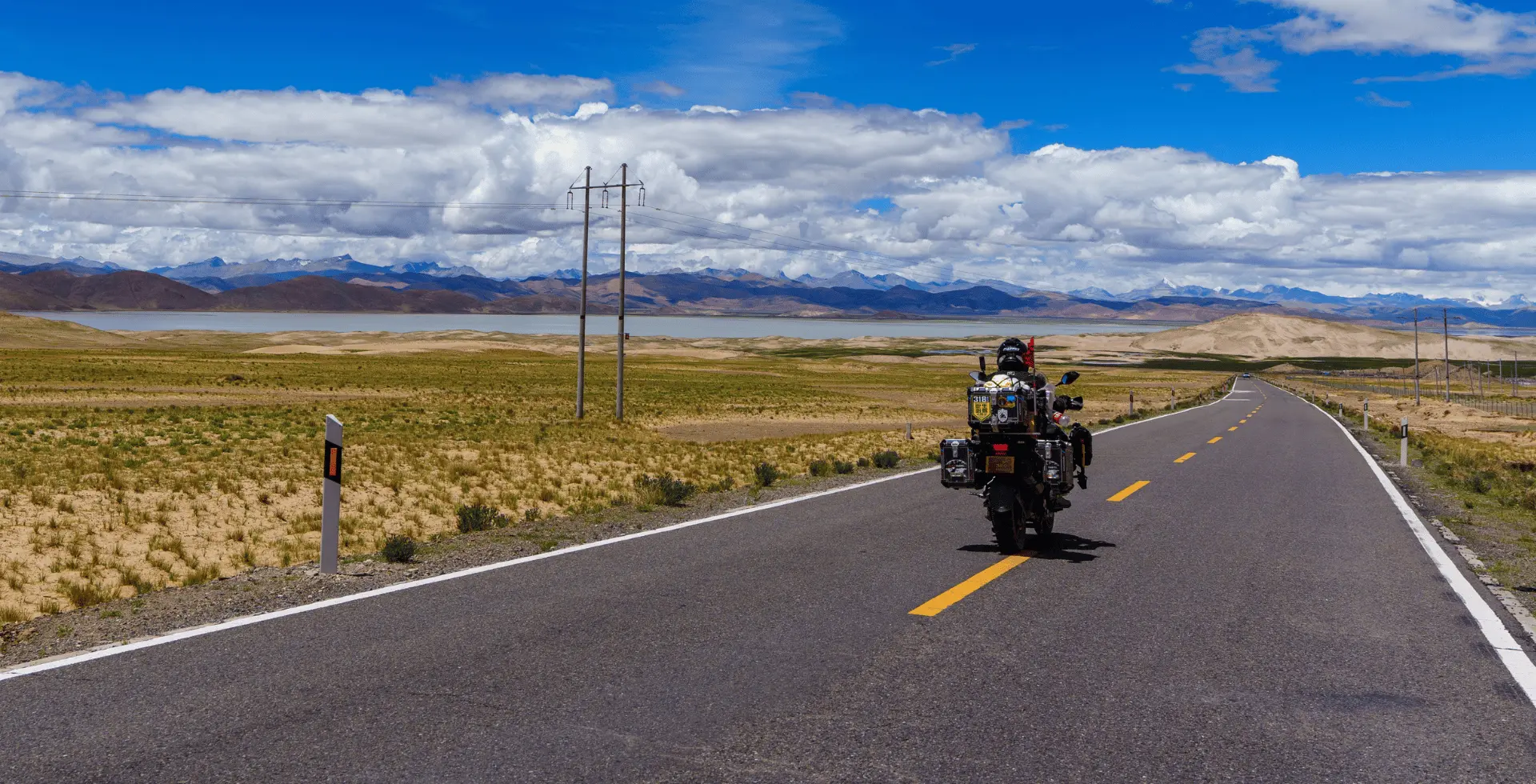
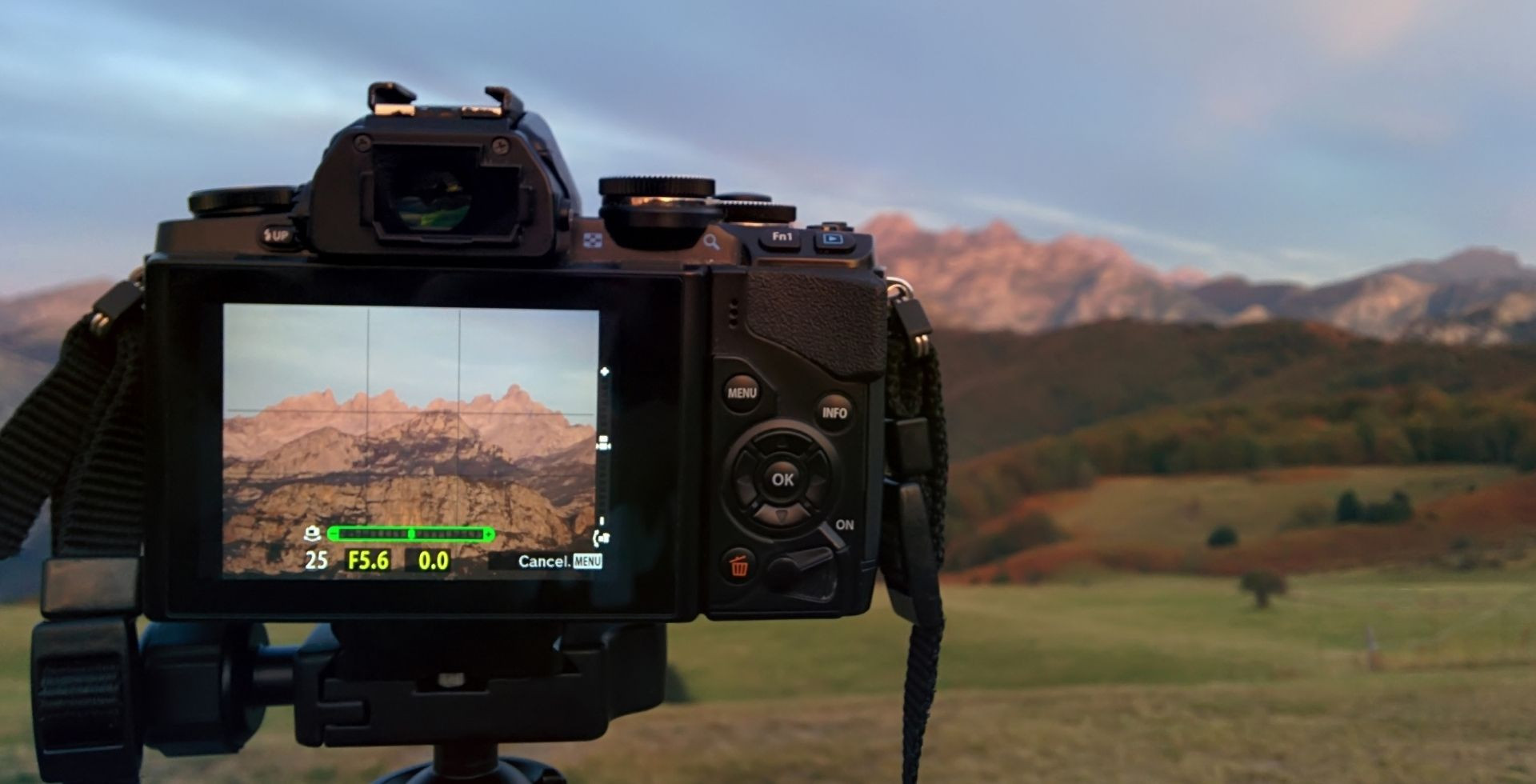

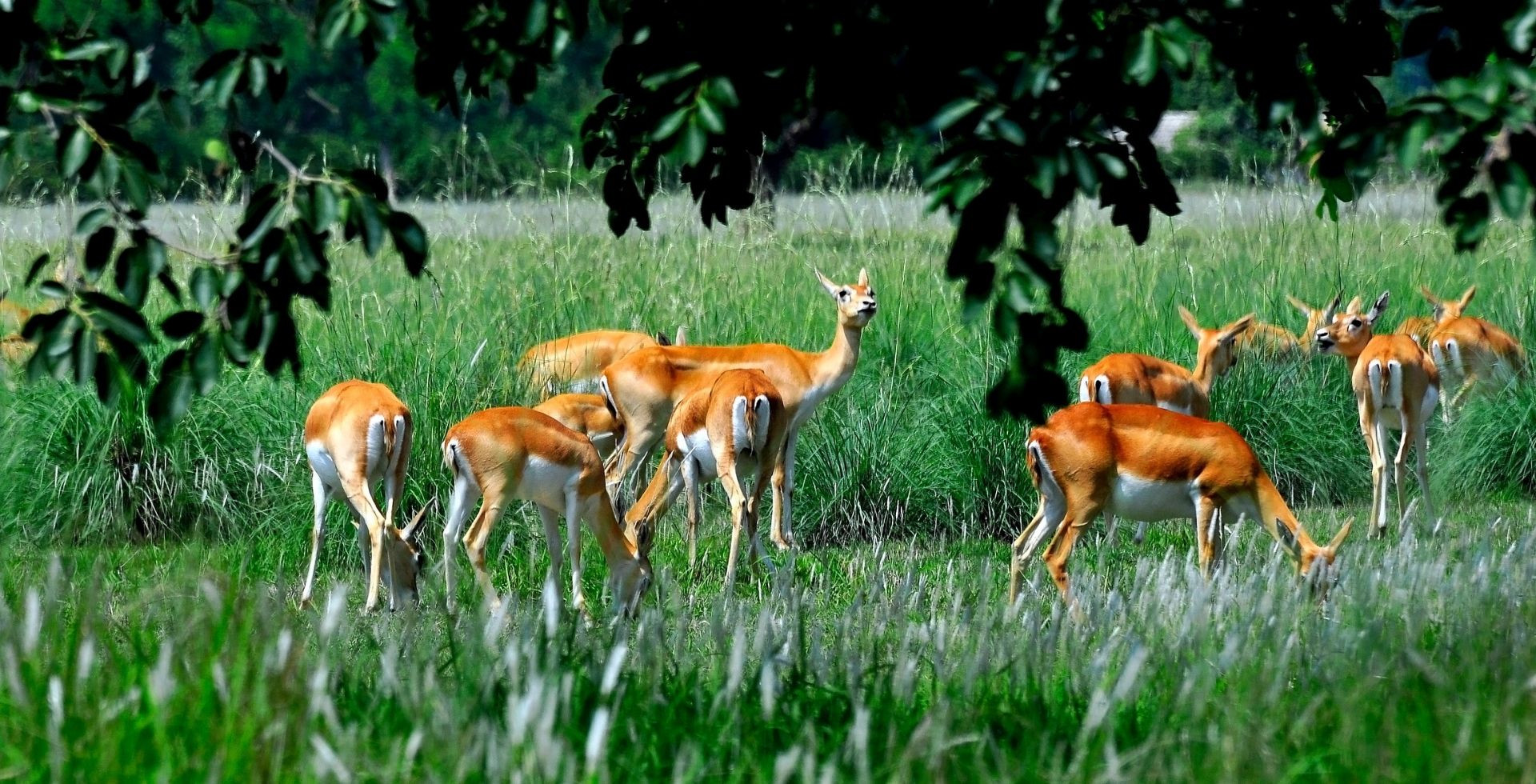
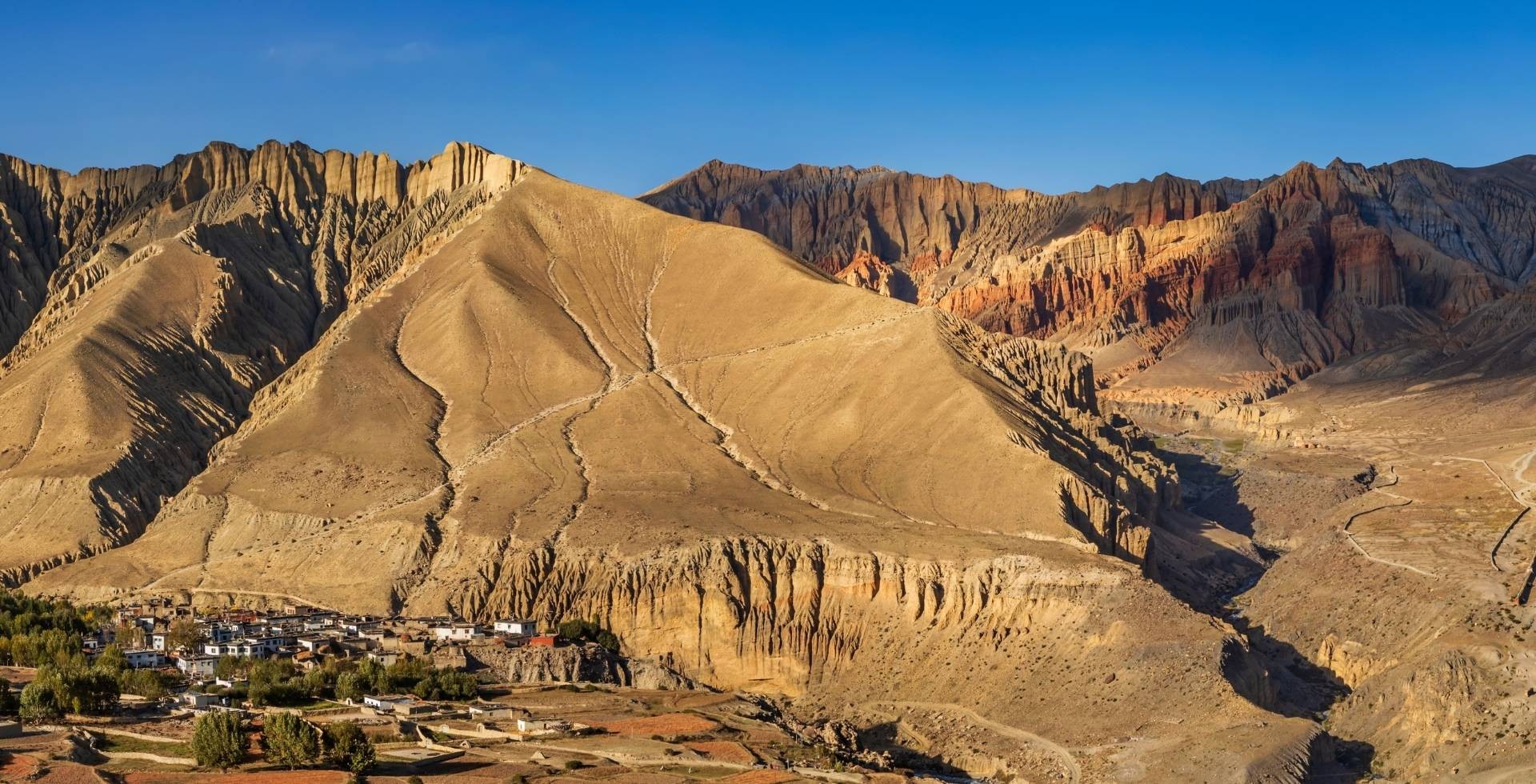

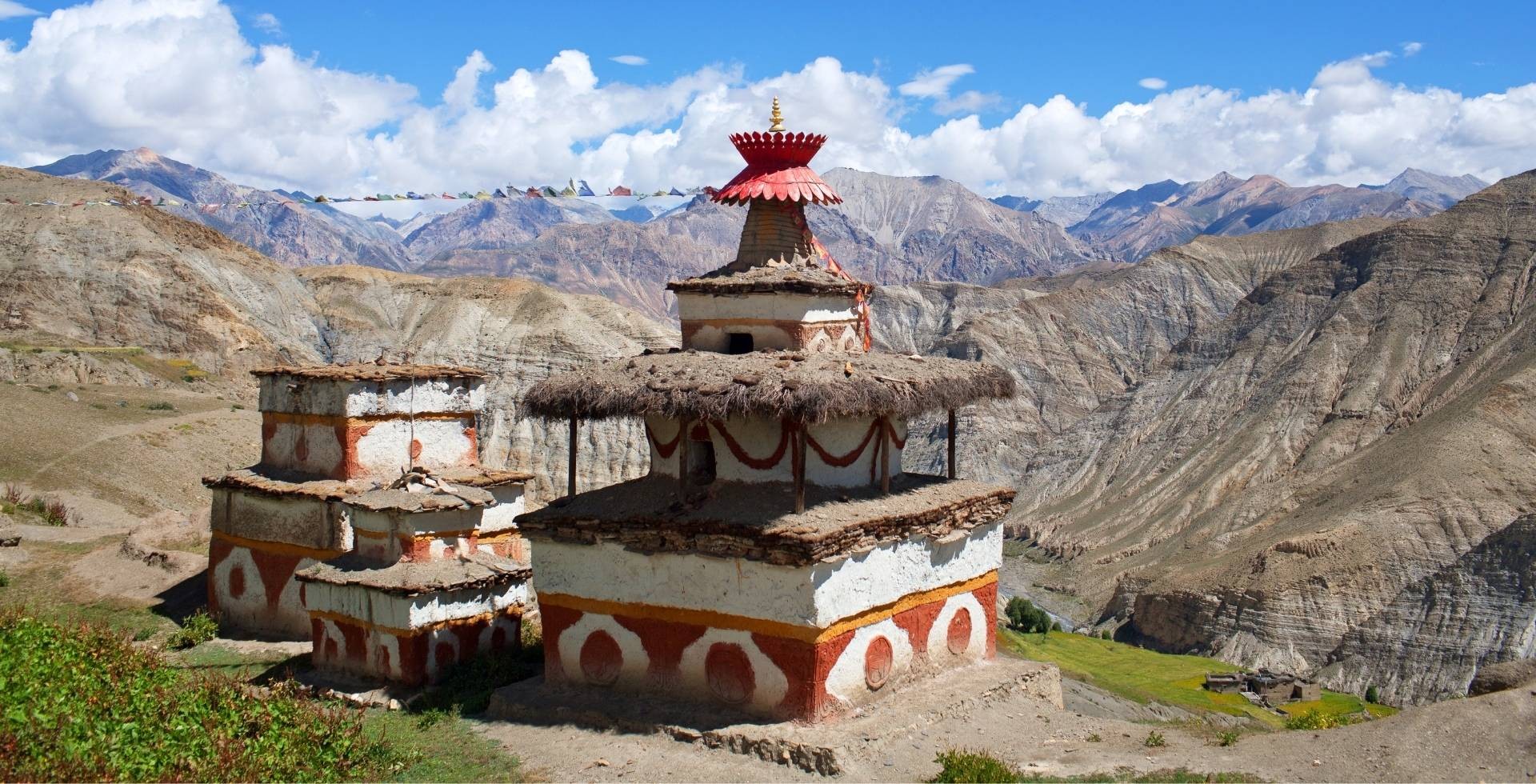
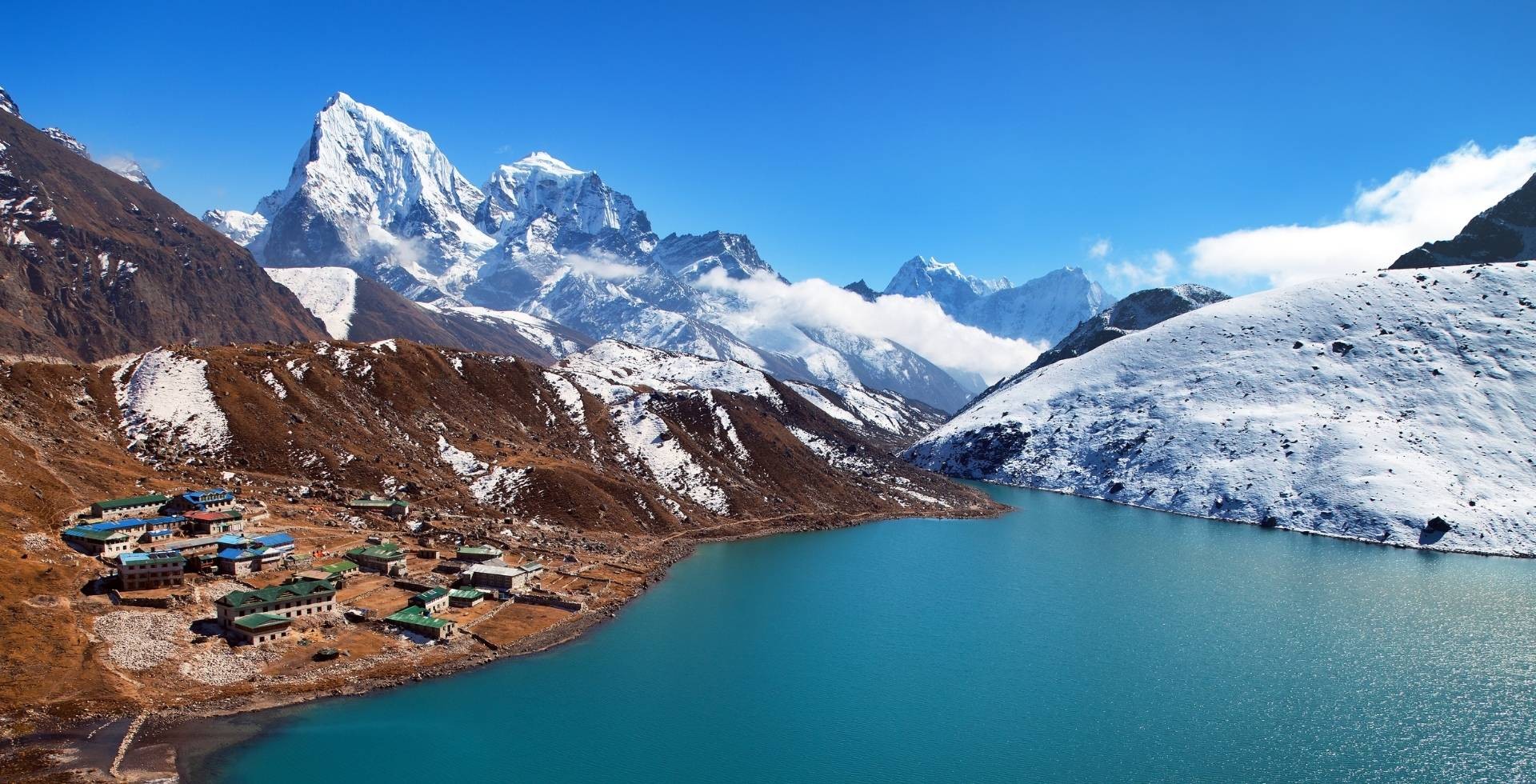

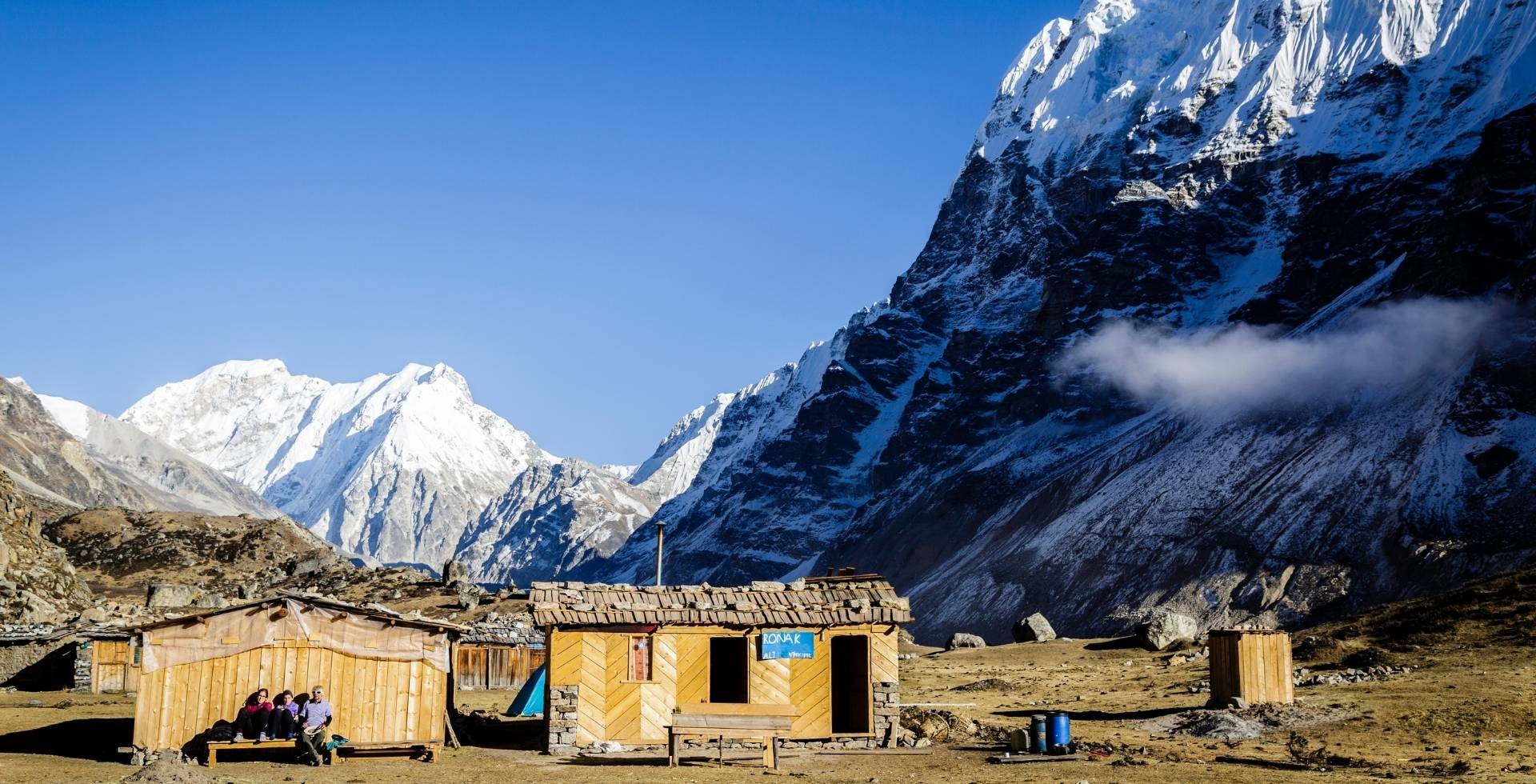
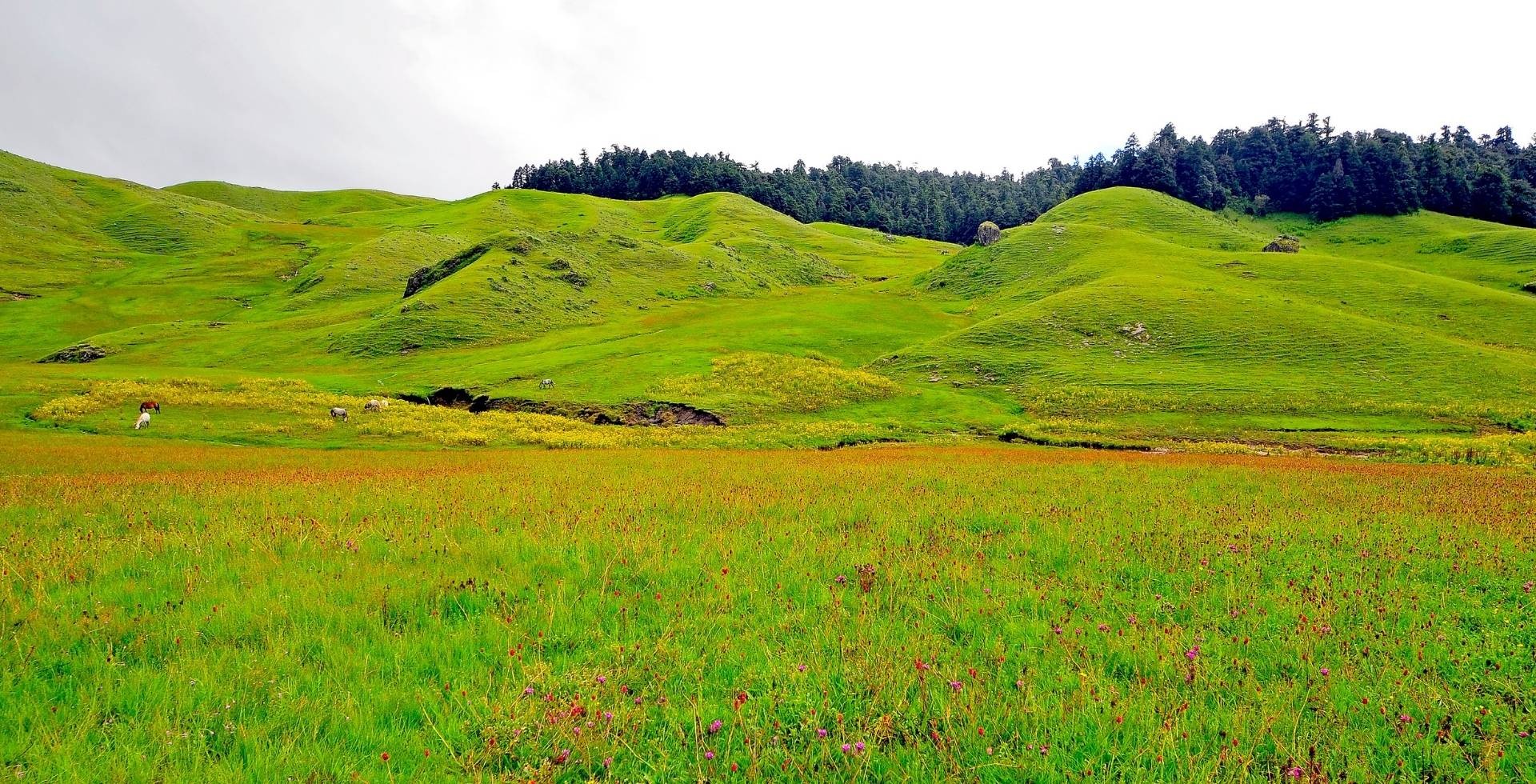
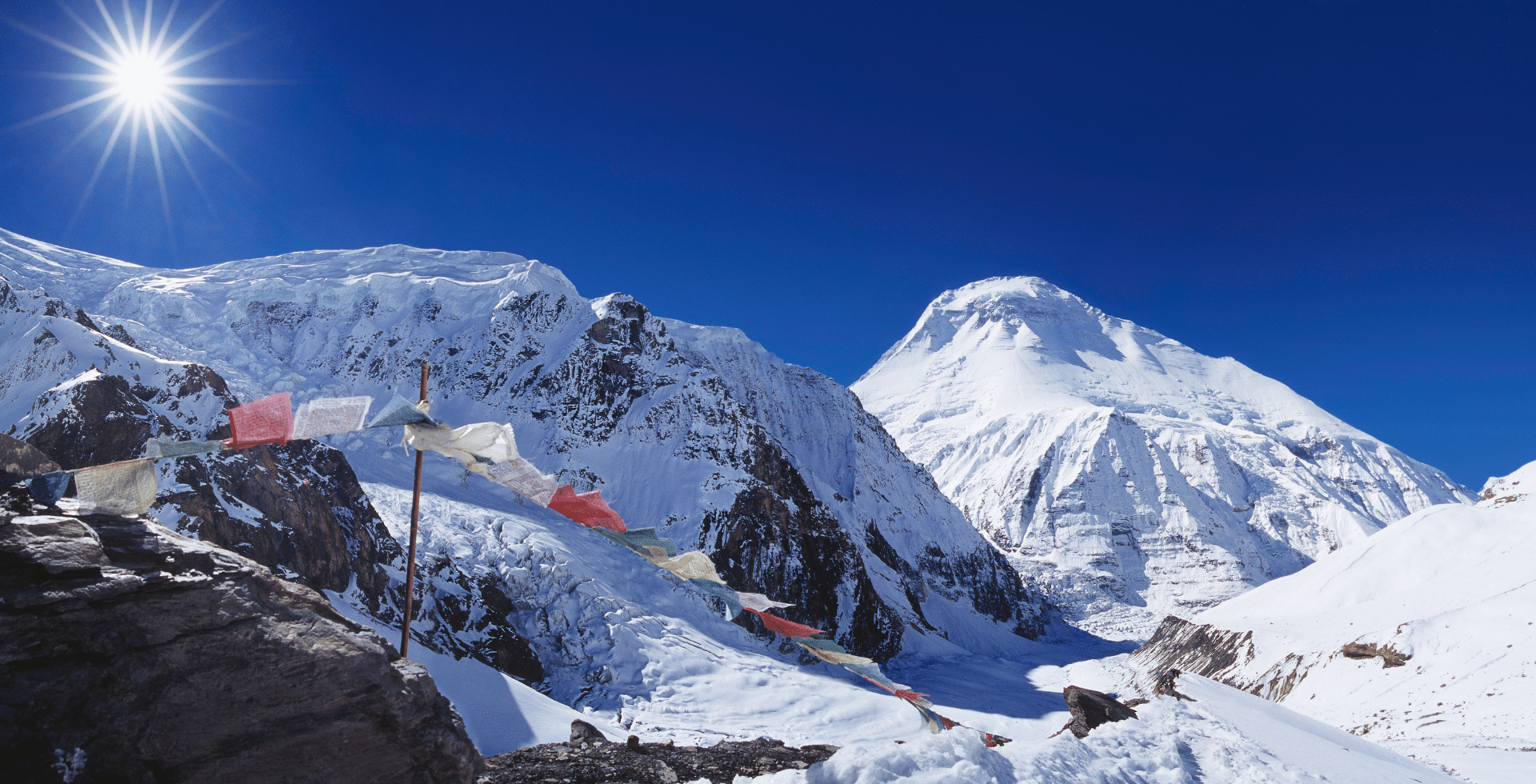
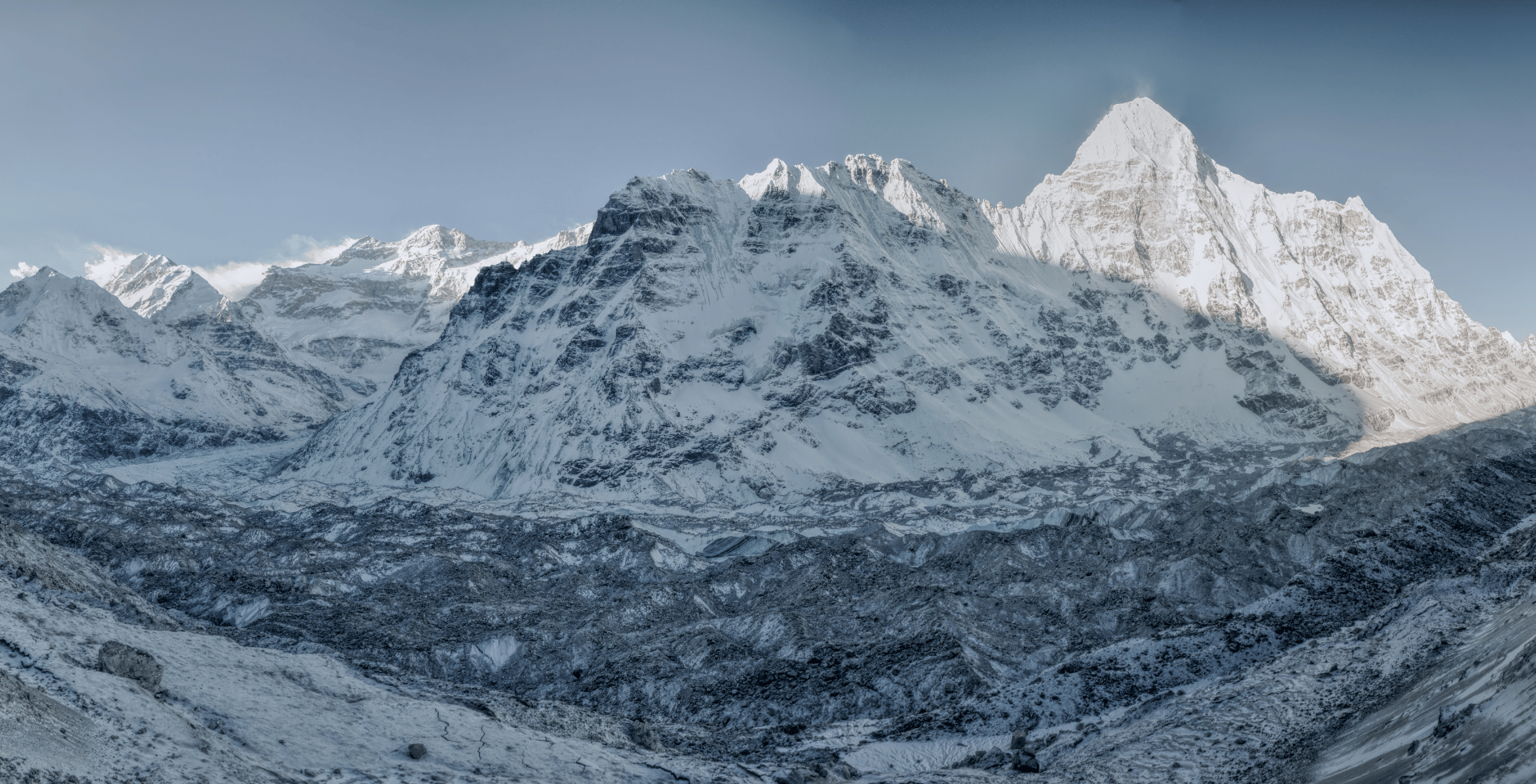
 Kiran Neupane
Kiran Neupane